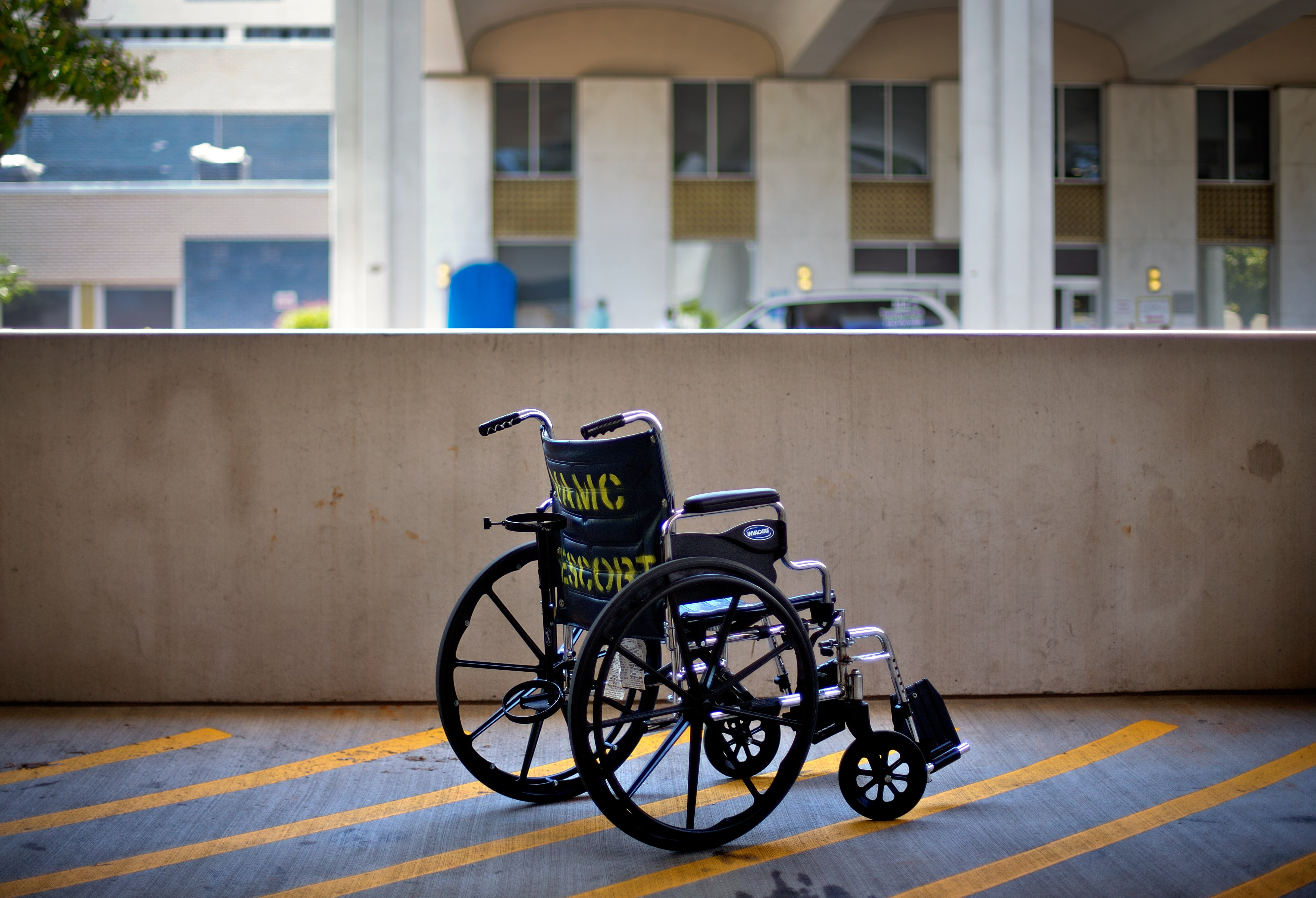WASHINGTON — In appreciation of his work bringing the U.S. military and foreign defense forces together, the prime minister of India in July 2016 presented then-Defense Secretary Ash Carter with a decorative box featuring two peacocks worth about $450.
That’s nothing compared to the gift Saudi Arabian officials gave Carter a few weeks later. Their antique dagger is valued at more than $4,200, the most expensive of the $12,000-plus in presents he received from overseas allies that year.
The items are among more than $170,000 in gifts to defense officials in 2016 just recently made public by the State Department, as part of their annual accounting of gifts from foreign government sources.
They give a snapshot of some of the luxuries that top military leaders enjoy … or at least they would, if federal rules didn’t prohibit officials from accepting such lavish offerings.
Under federal law, items valued under $375 can be kept, but more expensive presents — like the $9,000 Rolex Oyster watch presented by the Saudi Arabian embassy to the head of military protocol at Joint Base Andrews in September 2016 — have to be reported, appraised and turned over to the General Services Administration.
Most of the gifts end up in back room storage, sharing the same fate as the Ark of the Covenant at the end of the first Indiana Jones movie.
For 2016, that treasure trove includes Carter’s Saudi dagger, three gold necklaces valued at $4,000 given by a prominent Lebanese businessman, a $920 Philippine pearl necklace presented by the Colombian military commander’s wife, and enough watches to switch to fancier wristwear every hour for a whole day.
Not all of the items stay hidden. Government workers are given the opportunity to purchase the gifts from the General Services Administration, if they so choose.
Vice Adm. John Miller, then head of U.S. Naval Forces Central Command, did that with a $15,600 Rolex Oyster Perpetual watch presented to him by the Crown Prince of Bahrain. His Air Force counterpart, Lt. Gen. Charles Brown, did the same with a $500 pair of tickets to the Wimbledon Championship tournament, a gift from British allies.
Several others are used as display pieces throughout military facilities.
A gold-plated submachine gun given to then U.S. Central Command head Gen. Lloyd Austin by Pakistan’s Army chief was held onto by the command for display at headquarters. A $625 engraved pen given to Joint Chiefs Vice Chairman Gen. Paul Selva was held onto for showcasing purposes in the Pentagon.
A $6,300 golf putter given to Chief of Naval Operations Adm. John Richardson by the Kuwaiti Navy was also “retained for official display,” although no details are available on where it can be seen.
And some gifts end up having other uses. Two bottles of high-end tequila given to Brig. Gen. Joseph Whitlock by Mexico’s secretary of national defense — valued together at $1,000 — were “returned to component for an agency special event.”
That’s in keeping with federal rules regarding “perishable” items presented to federal employees.
All $170,000 in gifts were deemed too sensitive to refuse by defense officials, because “non-acceptance would cause embarrassment to donor and U.S. government.”
All of the gifts are listed on the federal register web site and below:
Leo covers Congress, Veterans Affairs and the White House for Military Times. He has covered Washington, D.C. since 2004, focusing on military personnel and veterans policies. His work has earned numerous honors, including a 2009 Polk award, a 2010 National Headliner Award, the IAVA Leadership in Journalism award and the VFW News Media award.





